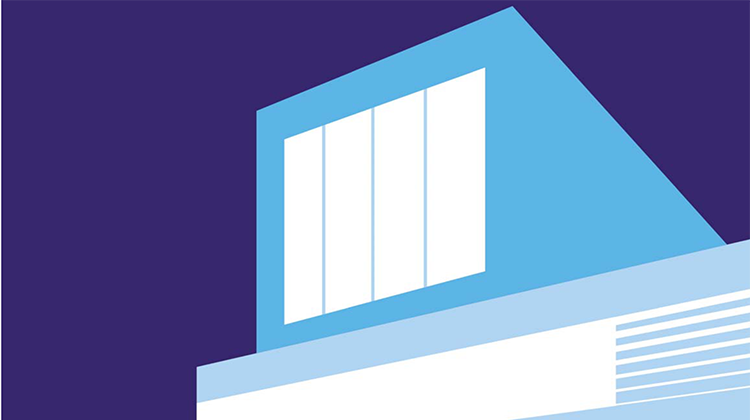Funding Pool Highlights Inequality

There is a stark funding gap for facilities between private and public schools, for instance, in 2021, Cranbrook spent $63.5 million on a new pool and expanded fitness and drama facilities which is more than governments spent on 2549 public schools that educate over 472,000 students.
Knox Grammar and Shore spent $222.9 million on capital works in the five-year period 2017-21, this is more than was spent on public school capital works in the entire state of Tasmania over that time ($186.6 million).
The Ending The Capital Funding Divide in Australia’s Schools report highlights a few more instances of imbalanced funding between the public and private systems.
There was a 30% growth in demountables in public schools between 2011 and 2022 to over 5000 and no ongoing capital funding from the Commonwealth despite calls from the NSW Government (NSW submission to NSRA review).
In NSW, Department of Education figures show there were 5093 demountables on school grounds in April 2022 - an average of 2.3 per school and 12% of all NSW public school classrooms in 2020 were in demountable buildings and more than 2,000 demountable buildings were aged 20 years or older.
In Victoria, Department of Education figures show there were 5761 demountable buildings on the grounds of 1130 public schools in August 2023. A total of 35 schools had 20 or more demountable classrooms and 137 had more than 10.
Meanwhile, the Commonwealth capital grants program for disadvantaged schools delivered funding to two of NSW's richest schools, Loreto Normanhurst and Newington.
Average annual per student capital investment 2012-2021 was very different; $1052 for public and $2331 for private.
Recent data from the Productivity Commission reveal the growing divide in resources between the educational sectors over the past decade. Funding for public schools per student saw a real increase of 20.3% (or 2% annually) from 2012-13 to 2021-22, whereas funding for private schools from government sources grew by 37% in the same timeframe.
NSW public schools are slated to receive only 89 per cent of the Schooling Resource Standard, the minimum level of funding needed to properly attend to the learning needs of all students. That equates to a $1.9 billion shortfall.
NSW Teachers Federation Senior Vice President, Natasha Watt, said public school students were being short-changed by inequitable funding.
“Private schools are flush with the public’s money, purchasing skyscrapers and constructing extravagant castles, while public school students are cramming into demountable classrooms. This inequity is stark and it must be addressed,” Watt said.
“The Prime Minister must uphold his commitment to fully support and fund public schools. We fully endorse the NSW Government’s demand for a funding agreement that covers both ongoing operations and infrastructure costs. Despite private schools being slated to receive nearly a billion dollars in capital funds from the Commonwealth over four years, public schools stand to receive no capital funding after this year without an extension of the current school upgrade initiative by the government.”